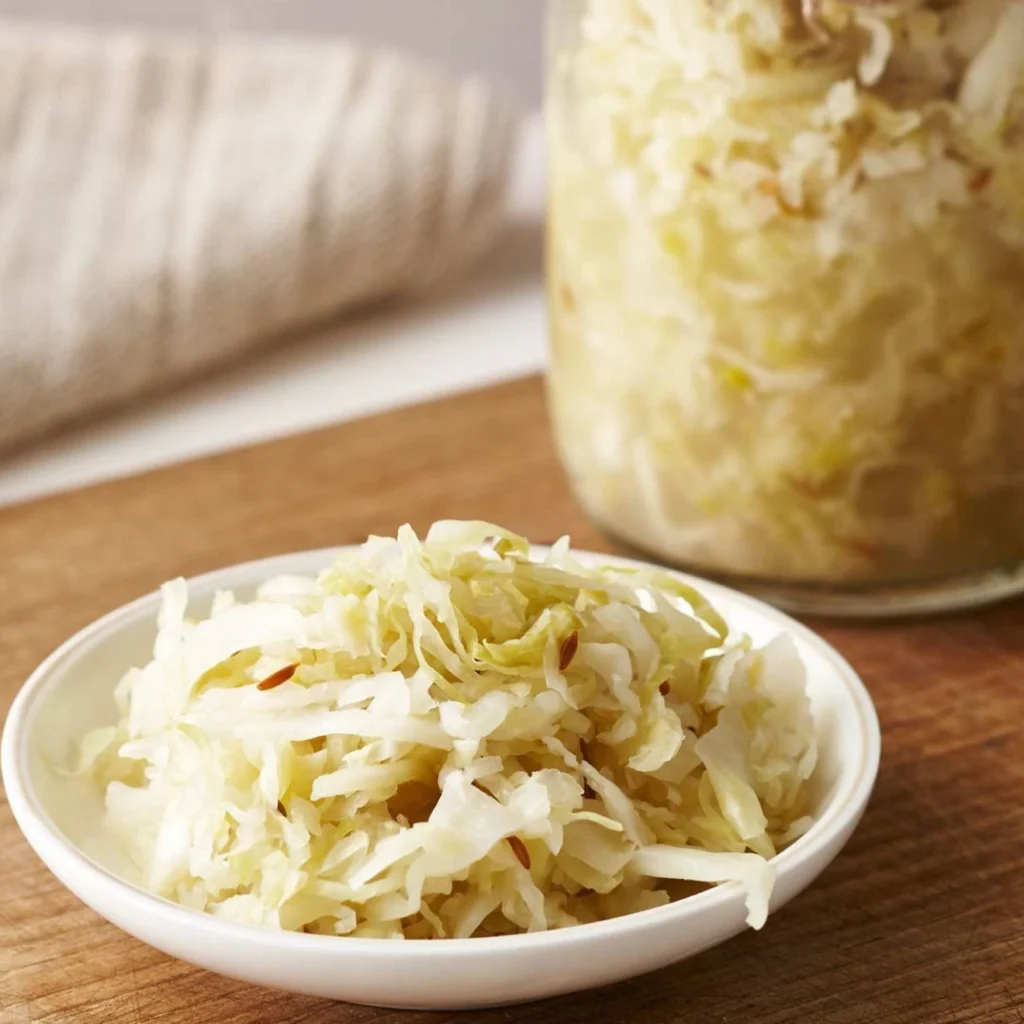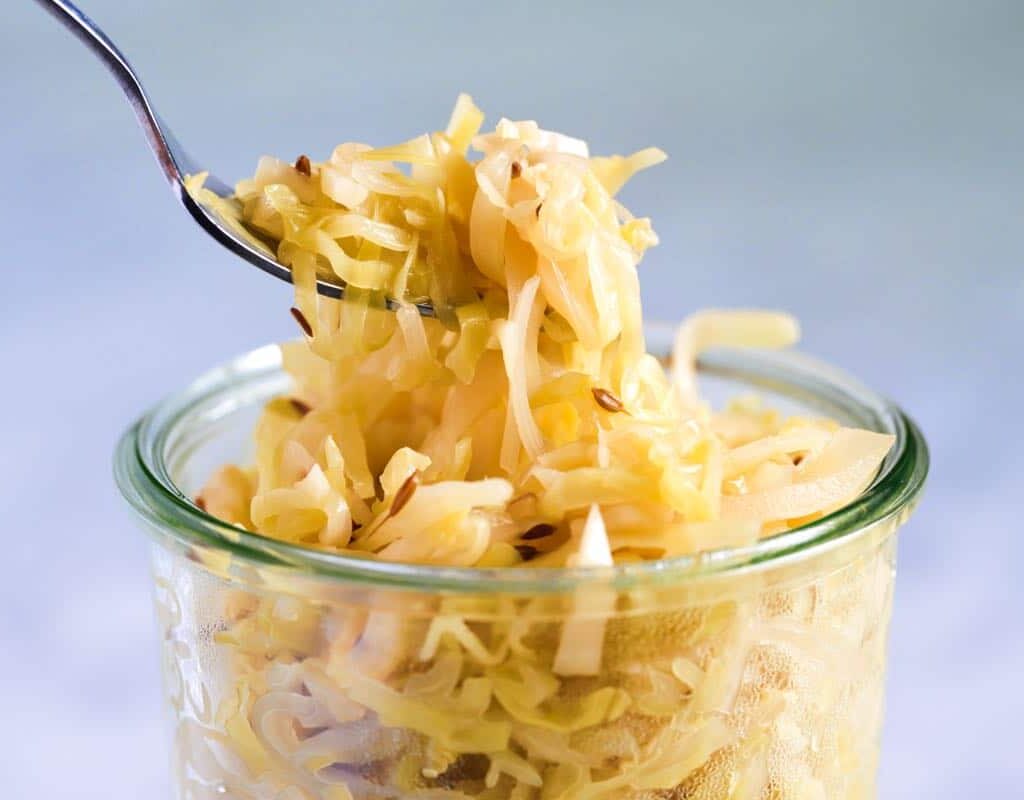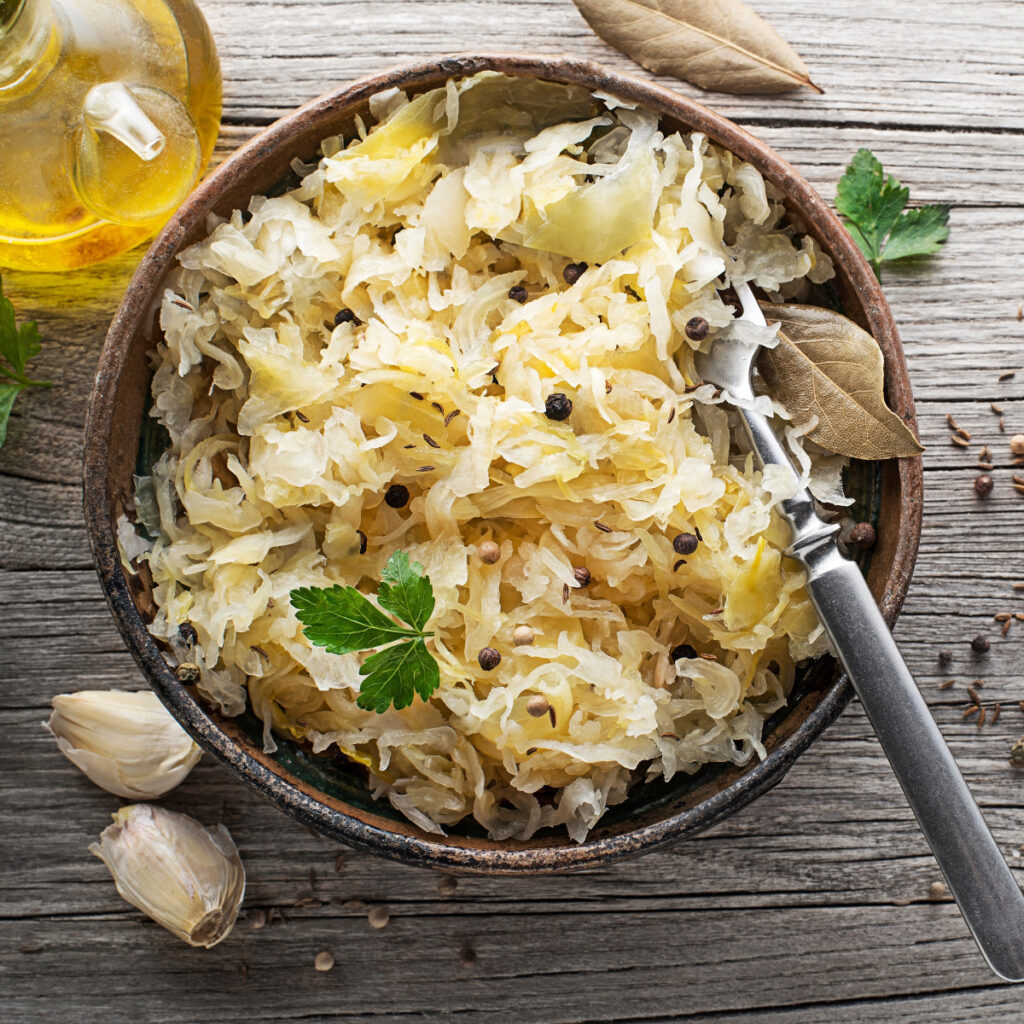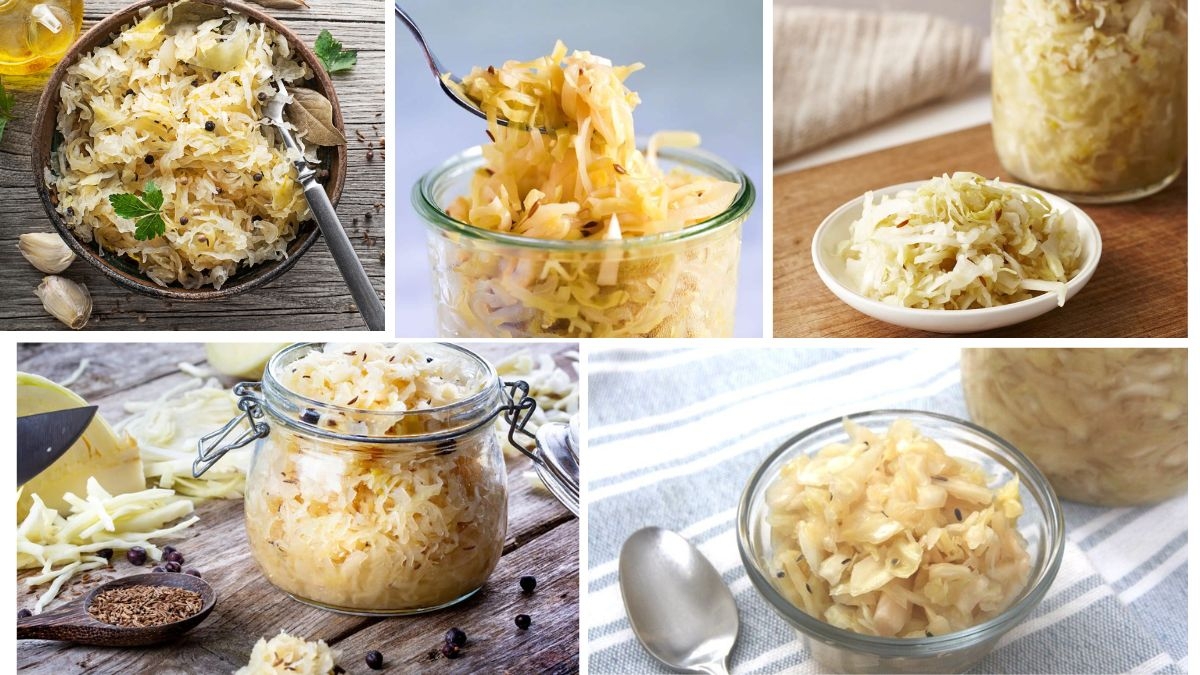Sauerkraut—a humble yet iconic fermented cabbage dish—is more than just a side item served alongside sausages or used in gourmet sandwiches. It’s a culinary staple with a rich cultural heritage, especially in Central and Eastern Europe. Sauerkraut, which literally means “sour cabbage” in German, is known for its tangy taste, long shelf life, and significant health benefits due to natural fermentation. But when we step into the world of commercial production, one compelling question arises:
Which country is the largest sauerkraut producer in the world?
The answer is clear: Germany. Long considered the homeland of sauerkraut, Germany leads the world not just in its cultural significance of this fermented food but also in sheer production volume, technological innovation, and export market strength. This article dives deep into the global sauerkraut industry, with a special focus on Germany’s dominance.
What is Sauerkraut and Why Is It Popular Globally?

Sauerkraut is finely cut cabbage that is fermented using lactic acid bacteria. The fermentation process not only preserves the cabbage but also enriches it with probiotics, enzymes, and vitamins like C and K. It is low in calories, high in fiber, and supports gut health, which makes it a favored food among health-conscious consumers globally.
Though its roots lie in Europe, sauerkraut has spread to many parts of the world—each culture putting its unique twist on the preparation. From Korean kimchi to Eastern European variations like Polish kapusta kiszona and Russian kvashenaya kapusta, cabbage fermentation is a global phenomenon.
Germany: The Largest Sauerkraut Producer in the World

1. A Deep-Rooted Tradition
Sauerkraut is more than a food item in Germany—it’s part of the national identity. German culinary traditions have long emphasized hearty, fermented, and preserved foods, especially due to the country’s cold climate and need for winter storage solutions in earlier centuries.
In fact, the term “Krauts” was historically used to refer to Germans, highlighting how strongly sauerkraut is associated with the nation.
2. Annual Production Volume
Germany produces over 150,000 metric tons of sauerkraut annually, according to data from the German Association of Fruit, Vegetable and Potato Processing Industries (BOGK). The country’s commercial sauerkraut industry is highly organized and technologically advanced, contributing the majority of this output to both domestic consumption and international export.
3. Major Sauerkraut Producing Regions
Key German states where sauerkraut production is concentrated include:
- Baden-Württemberg – Known for its fertile soil and cabbage fields.
- Bavaria – Produces sauerkraut varieties used in traditional Bavarian dishes.
- Lower Saxony – Home to several large-scale processing facilities.
4. Leading Brands and Producers
Germany is home to some of the largest sauerkraut manufacturers in the world:
- Hengstenberg – One of the most recognized German brands, exporting to over 40 countries.
- Kühne – A century-old brand offering organic and gourmet versions of sauerkraut.
- Leuchtenberg Sauerkraut – Known for traditional barrel-fermented kraut.
These companies combine traditional fermentation techniques with modern processing technologies to meet international food safety standards and consumer expectations.
Why Germany Dominates the Sauerkraut Industry

1. Optimal Cabbage Cultivation Conditions
Germany’s climate and soil are ideal for growing high-quality white cabbage—the primary raw material for sauerkraut. The country produces over 500,000 tons of cabbage annually, much of it destined for fermentation.
2. Industrial Expertise in Fermentation
Germany has mastered the science of large-scale fermentation. With decades of experience and innovation, German producers can ferment, package, and export sauerkraut efficiently while maintaining traditional flavor profiles.
3. Strong Domestic Demand
Sauerkraut is a staple on German dinner tables. Whether served with bratwurst, pork knuckle (schweinshaxe), or potatoes, it’s an indispensable part of many traditional meals. The average German consumes about 2 to 4 kilograms of sauerkraut per year.
4. Thriving Export Market
Germany exports over 40,000 metric tons of sauerkraut annually, primarily to:
- The United States
- United Kingdom
- France
- Switzerland
- Netherlands
The demand for authentic German sauerkraut, especially among the diaspora and in gourmet markets, supports the country’s export leadership.
Other Major Sauerkraut Producers in the World

Though Germany is the leader, several other countries have substantial sauerkraut industries:
1. Poland
- Sauerkraut (kapusta kiszona) is a key part of Polish cuisine.
- Poland produces an estimated 60,000–80,000 metric tons annually.
- Traditional fermentation methods are widely used alongside commercial operations.
- Polish sauerkraut is heavily consumed domestically and exported across the EU.
2. United States
- The U.S. sauerkraut market is estimated at USD 300–400 million, with both domestic production and German imports.
- Production centers are located in Wisconsin, Pennsylvania, and Ohio.
- Brands like Frank’s Kraut and Bubbies dominate the American sauerkraut market.
- Interest in probiotics has driven demand for raw, unpasteurized sauerkraut, especially in health food stores.
3. Russia and Ukraine
- Sauerkraut plays an important role in Eastern European diets.
- Production is both artisanal and commercial.
- Most of the output is consumed locally, but some exports go to neighboring countries.
4. Korea (Kimchi Connection)
While not sauerkraut in the traditional sense, kimchi—Korea’s version of fermented cabbage—is one of the world’s most famous fermented foods. It underscores the global demand for cabbage-based ferments.
Health Trends Driving Global Sauerkraut Consumption

1. Rise of Probiotics and Gut Health
Fermented foods like sauerkraut contain lactobacillus bacteria, which aid in digestion, strengthen immunity, and improve gut health. This has attracted wellness-focused consumers globally.
2. Plant-Based and Vegan Diets
Sauerkraut is naturally vegan and fits perfectly into plant-based diets. Its tangy flavor also acts as a meat substitute in terms of umami and satisfaction.
3. Low-Calorie, High-Nutrient Value
Sauerkraut is low in calories but high in fiber and vitamin C, making it a favorite among people aiming for weight loss or nutritional balance.
Challenges in Sauerkraut Production and Trade
Even the leading sauerkraut producers like Germany face several challenges:
- Cabbage Crop Volatility – Weather fluctuations can impact cabbage yield and quality.
- Maintaining Authentic Fermentation – Scaling up without compromising probiotic value or flavor is tricky.
- Export Logistics – Raw, fermented products require cold chain logistics to maintain freshness, especially in unpasteurized varieties.
- Competition from Fusion Ferments – Products like kimchi and flavored krauts are entering the market, increasing competition.
Future Outlook: The Fermented Revival
The global sauerkraut market is expected to grow at a CAGR of 5–6% over the next five years, driven by:
- Increased awareness of fermented foods and gut microbiome health.
- Demand for clean-label, organic, and artisanal foods.
- Innovations like flavored krauts (garlic, beetroot, turmeric) and fusion ferments.
- Expansion into non-traditional markets such as Southeast Asia and Latin America.
Germany, with its deep-rooted sauerkraut tradition, advanced production infrastructure, and strong global reputation, is well-positioned to maintain its dominance.
Conclusion: Germany – The Unchallenged Leader in Sauerkraut
In terms of heritage, scale, innovation, and global demand, Germany stands as the largest sauerkraut producer in the world. Its perfect blend of tradition and technology allows it to produce and export sauerkraut that meets both nostalgic and modern tastes.
While countries like Poland, the U.S., and Russia contribute meaningfully to global sauerkraut culture and industry, Germany’s leadership remains unmatched. As global consumers increasingly look for health-oriented and fermented foods, Germany’s sauerkraut legacy is only set to grow stronger—bringing a taste of tradition to plates around the world.






Leave A Comment